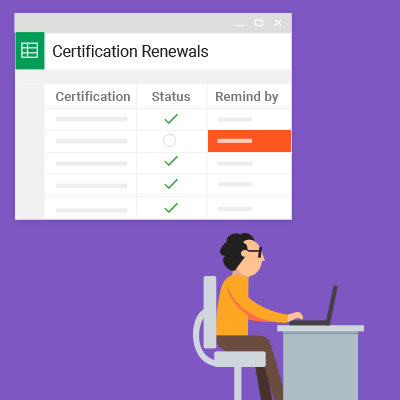7 points to consider before investing in a POS system
Modern point of sale (POS) systems are the cornerstones of every brick and mortar retailer but they don’t go far enough. POS systems used to be considered just a cash register, a tool to take customers’ money. Brick and mortar stores were just like an island, disconnected and static.
Today, many retailers still struggle to deliver a truly connected and unified omnichannel experience for their customers even with a modern POS system running in their stores. This presents major challenges in a retail environment where empowering shoppers requires being able to leverage new channels and technologies that help retailers reach customers in the right place at the right time. The problem is that many companies rely solely on POS systems to make that happen. To avoid this trap, consider these seven important points before investing in or upgrading a POS system.
Is your current POS system doing more harm than good?
A POS system tracks payments, orders, invoices, discounts and other retail-centric data. What static or outdated POS systems don’t do is allow retailers to deliver a modern, digital shopping experience in an era where doing so can mean the difference between staying solvent or winding up out of business. Other POS-related pain points that retailers grapple with include:
- The system is old and difficult to change.
- It doesn’t let retailers offer options like “buy online, pick up in-store.”
- No flexible fulfilment options.
- It’s unable to manage pricing and promotions.
- Disparate systems/batch processes/manual processes create data issues.
- It can’t effectively report on store/sales performance.
Are you satisfying modern customer expectations?
Outdated POS point solutions come up short when operational agility and responsiveness to consumer trends become must-haves. This may have been easy to overlook just 10-15 years ago when online retailers had yet to start carving out their part of the retail piece but today’s retailers need a holistic business management platform that incorporates inventory management, order entry, order processing, warehouse management, customer relationship management, sales, financials and the myriad other functions crucial to running a successful retail entity. With all retailers competing with Amazon which controls 40% of all e-commerce sales, companies need this holistic approach to capture consumer spend.
How long will it last?
It’s no longer enough to roll out bulky, outdated hardware for POS systems. With advances in technology, even the smallest retailers are running their stores on Bluetooth-enabled mobile tablets for scanning, printing and more. Hardware and shopping habits will continue to change and retailers need to stay ahead of these changes. Where a POS solution might help them solve some current issues, it could also create more challenges in the future especially if it means not being able to stay ahead of changing technology and customer demands. No longer an island, POS must be part of the overall connected experience both for customers and for employees.
Are you offering a seamless omnichannel experience?
By focusing on the customer experience, delivering seamless brand interactions across all channels and implementing modern, accurate and efficient back-office operations like inventory, order management and financials, brick and mortar retailers can start reducing stockouts, increasing sales and improving productivity levels.
Can you satisfy demand?
Cloud ERP simplifies the execution of supply and demand for retailers. By maintaining transactional, inventory and supply and demand data in a unified system, it helps retailers deliver a true “buy anywhere, fulfil from anywhere” experience for their customers.
Are you competing effectively with large online retailers and online marketplaces?
Brick and mortar sellers are in a unique position to be able to differentiate themselves. In a world where expectations of instant personalisation and total relevance continue to climb, the retailer that goes beyond simply “knowing” the consumer and that reaches out and serves that buyer in the physical context that he or she is in at the moment will receive the highest dividends.
Do you have good inventory visibility?
A critical part of the omnichannel equation, inventory visibility has become a core focus for all retailers in an era where customers want to know where their stuff is and when it’s arriving on their doorsteps.
If they can’t readily access this information and if you can’t supply that data quickly then they will shop elsewhere. For a retailer to be successful in this environment, it needs a clear and accurate understanding of its inventory which it can’t get from a basic POS.
If you answered “no” to one or more of the questions above, it’s time to rethink your technology strategy, move past just using a POS and pivot toward an ERP that helps you implement strategic solutions and create a connected, dynamic and “web-like” in-store experience. Cloud ERP solutions like NetSuite delivers the modern holistic approach to retail that keeps organisations agile and out in front of what’s coming around the next corner.


Leave a Reply